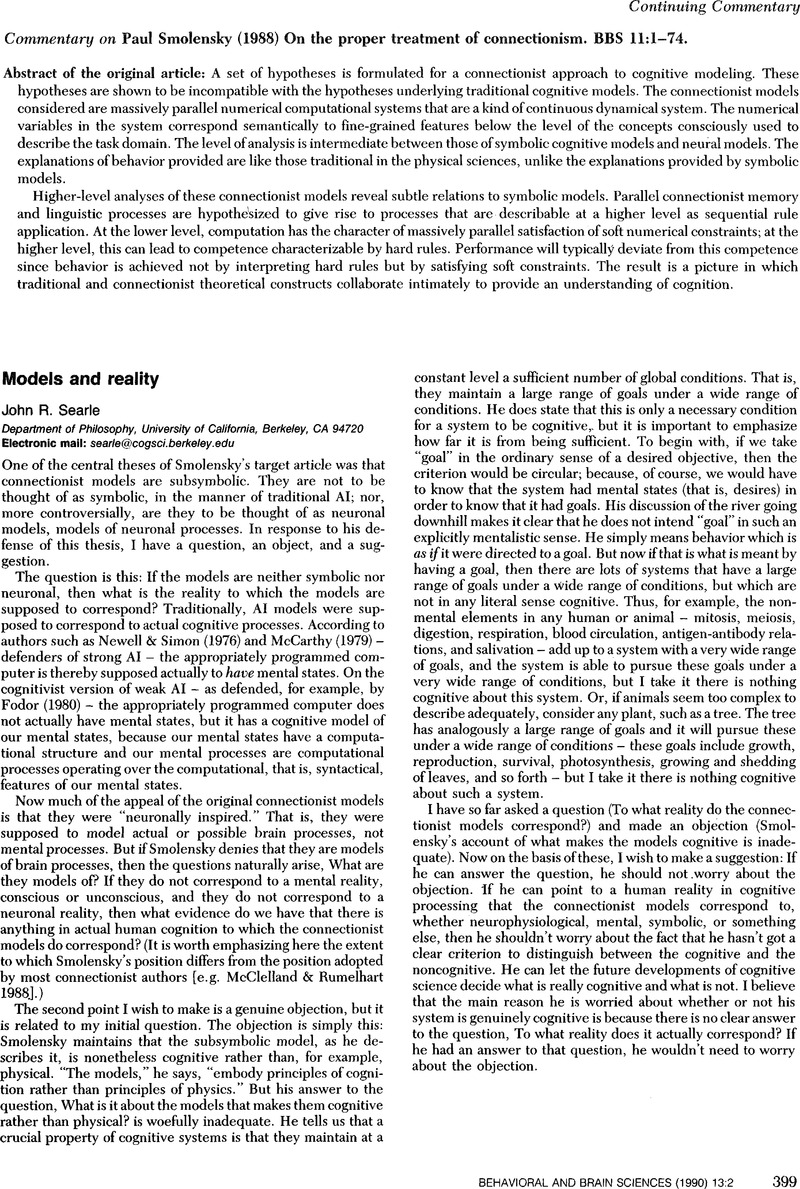McClelland, J. L. &
Kawamoto, A. H. (
1986) Mechanisms of sentence processing: Assigning roles to constituents. In:
Parallel distributed processing: Explorations in the microstructure of cognition. Vol.
2:
Psychological and biological models, ed.
McClelland, J. L.,
Rumelhart, D. E. & the PDP Research Group.
Bradford Books/MIT Press. {rPS}
Google Scholar 